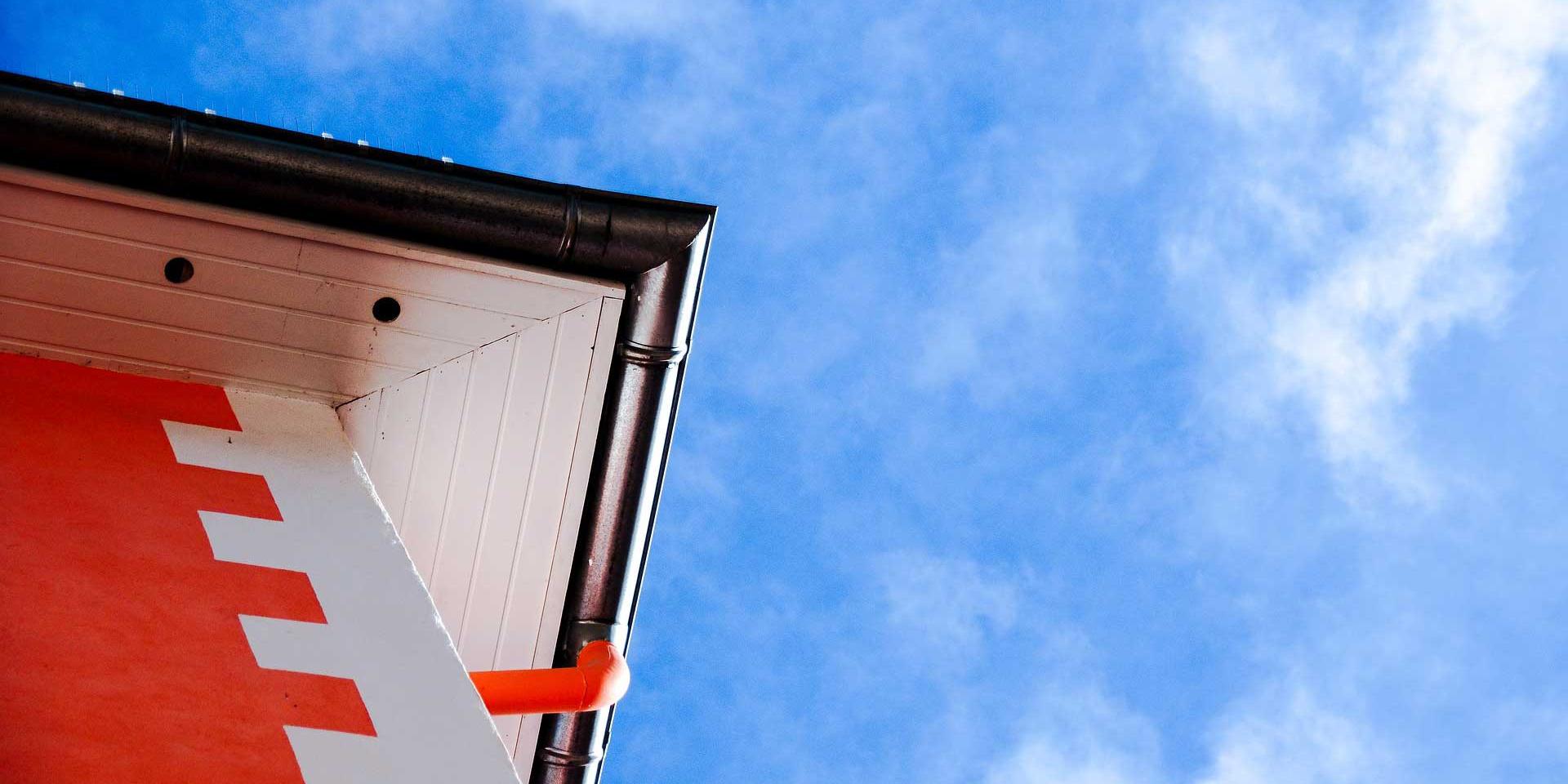As you stroll around the town, you will appreciate the lively streets lined with stores as well as the tourist attractions to be discovered. Head for Place Manuel with its fountain, colorful façades and café terraces. The square is dominated by the Cardinalis tower, dating from the 14th century, which is more than 40 m high.
As you walk through the center of the city, you can also see the Mexican villas. They are the witness of the “Barcelonnettes” who came back from Mexico where they had left to make a fortune in the textile or commercial sectors. Upon their return to France in the 1930s, they built colorful villas with typical architecture. One of them, the La Sapinière Villa, houses Musée de la Vallée. Others such as the Bleue Villa or the Villa Costebelle are worth a visit.
By visiting the town, you will also see, here and there, sundials, the oldest of which date back to the 18th century, churches such as the Saint-Pierre-ès-Liens church or the church in Saint-Pons.
Your stay will also be an opportunity to visit the surrounding communes such as Enchastrayes, Uvernet-Fours or Jausiers.
